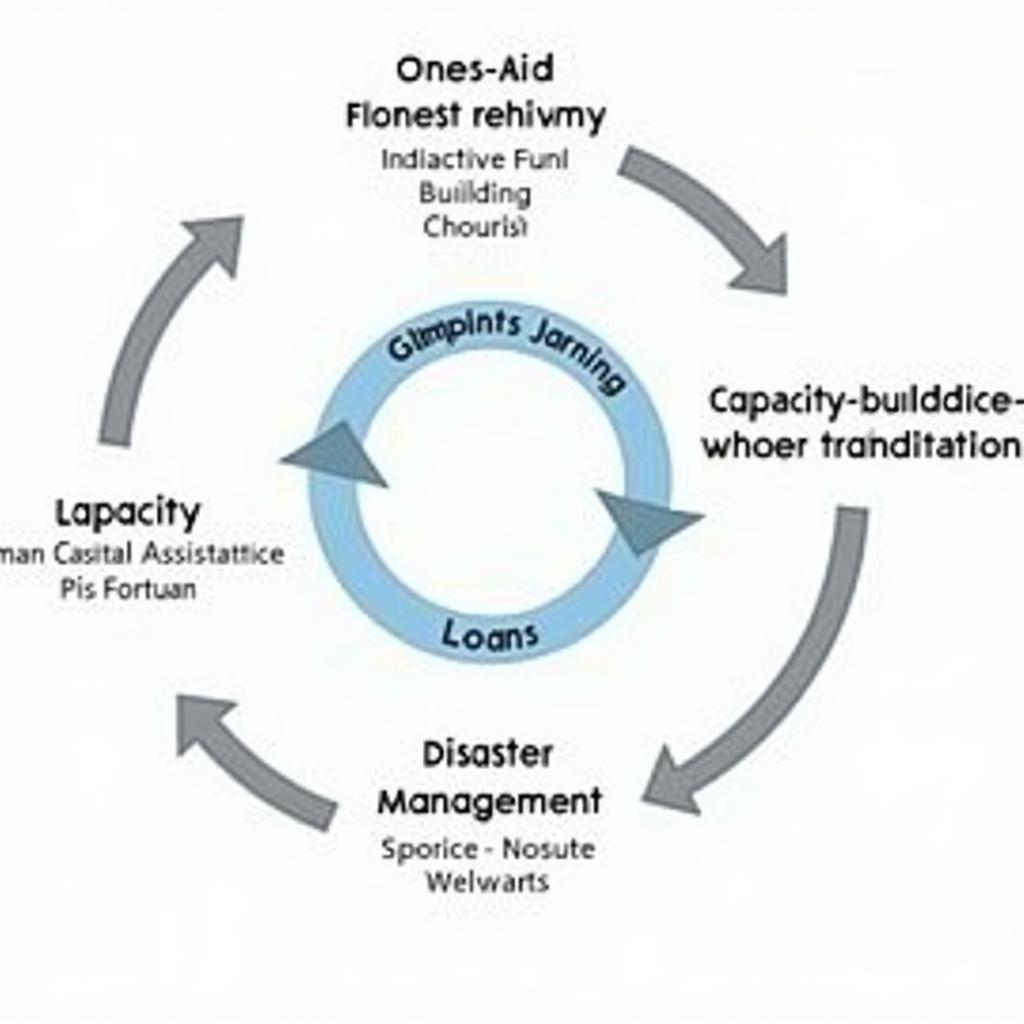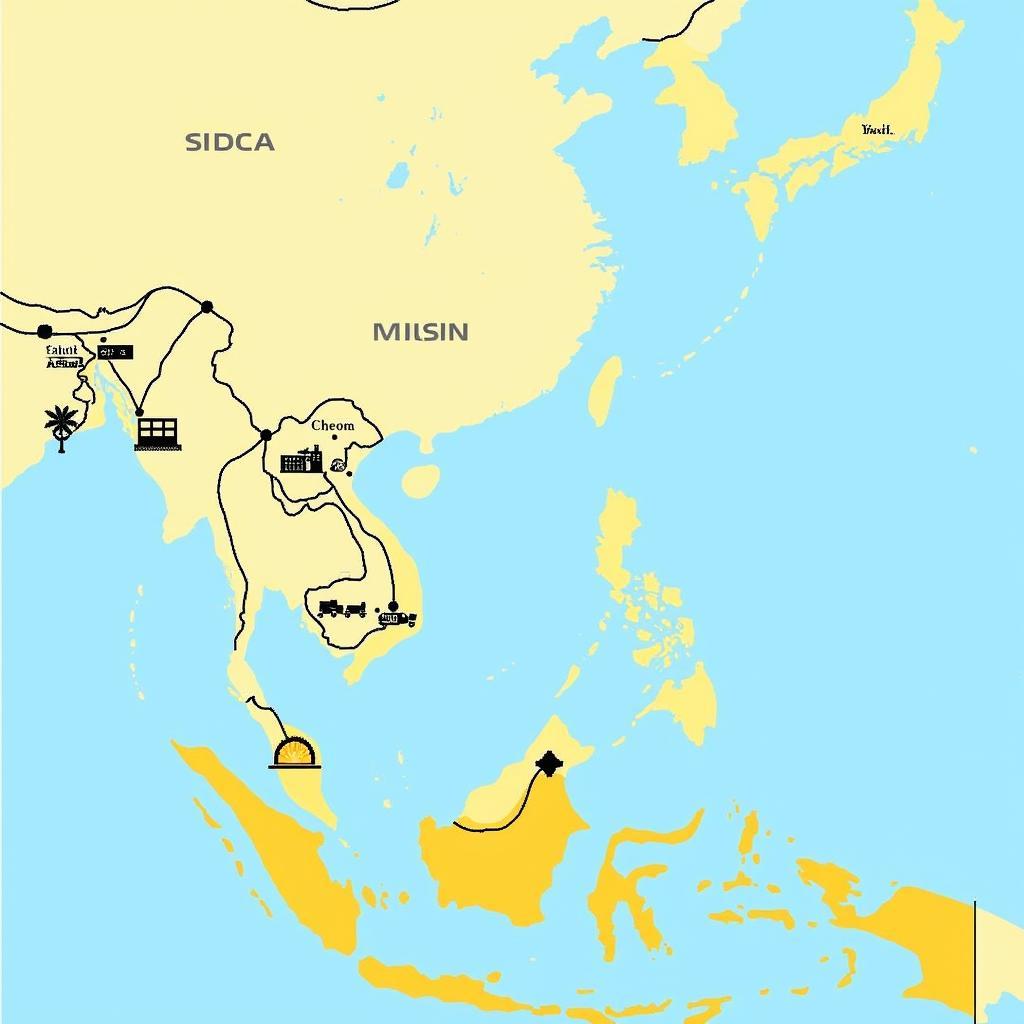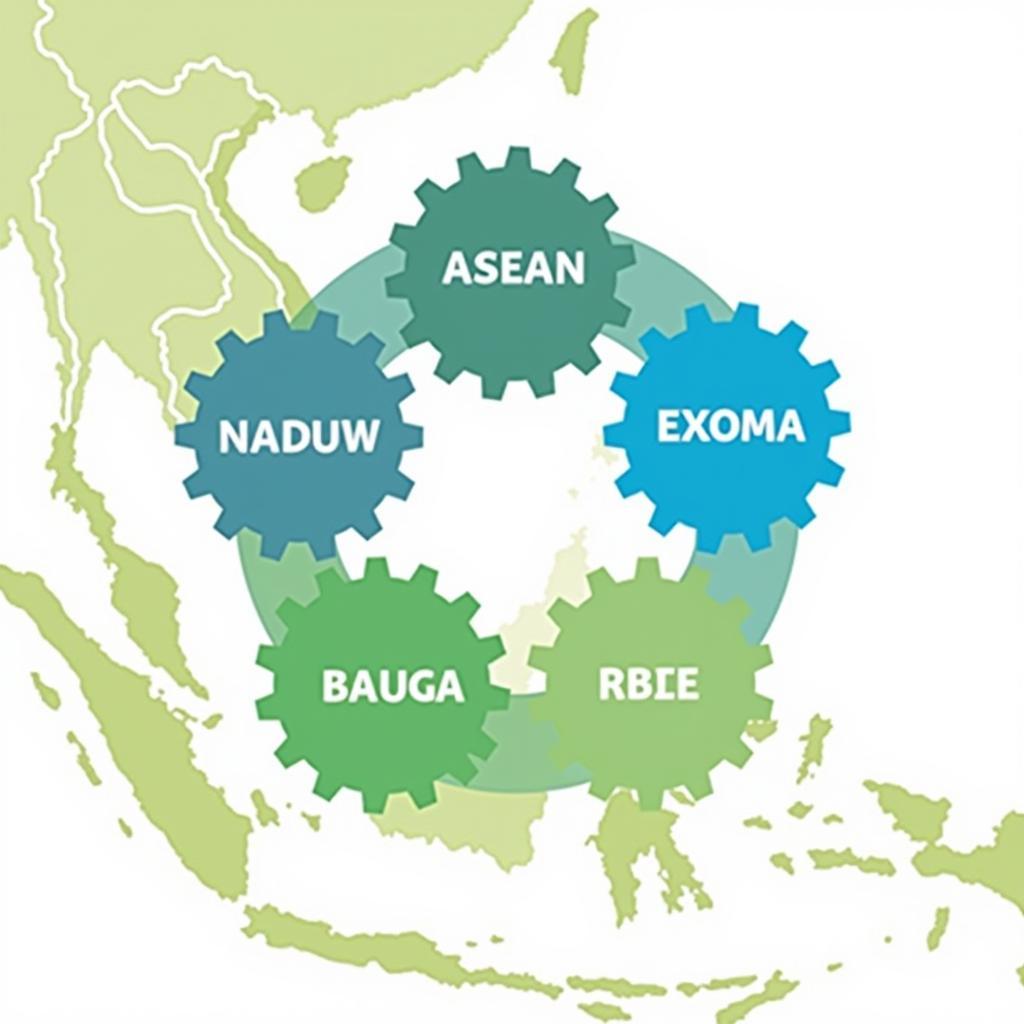ASEAN financial aid plays a crucial role in the region’s economic development and stability. This article explores the various aspects of financial assistance within the ASEAN bloc, covering its mechanisms, objectives, and impact on member states. We will delve into the different types of aid, the institutions involved, and how it contributes to regional integration and resilience.
Exploring the Mechanisms of ASEAN Financial Aid
ASEAN financial aid isn’t a monolithic entity. It encompasses a variety of mechanisms designed to address specific needs and promote collaboration among member states. These mechanisms include grants, loans, technical assistance, and capacity-building programs. They are often channeled through dedicated institutions like the ASEAN Development Fund (ADF) and initiatives such as the Initiative for ASEAN Integration (IAI). The aid targets key areas like infrastructure development, human capital development, and disaster management. This targeted approach ensures resources are allocated effectively to maximize their impact.
 ASEAN Financial Aid Mechanisms
ASEAN Financial Aid Mechanisms
Objectives and Impact of ASEAN Financial Assistance
The primary objective of ASEAN financial aid is to foster inclusive and sustainable development across the region. It aims to reduce development gaps between member states and enhance regional integration. By supporting critical infrastructure projects, the aid facilitates trade, connectivity, and economic growth. Furthermore, investments in human capital development empower individuals and communities, boosting productivity and innovation.
Financial assistance also plays a vital role in disaster preparedness and response. It helps member states build resilience against natural disasters and climate change, mitigating the impact of these events on vulnerable populations. By pooling resources and expertise, ASEAN countries can respond more effectively to crises and ensure a swift recovery.
 Impact of ASEAN Financial Aid
Impact of ASEAN Financial Aid
How Does ASEAN Financial Aid Contribute to Regional Integration?
ASEAN financial aid is a key driver of regional integration. It promotes economic cooperation and strengthens partnerships between member states. By supporting cross-border projects, the aid fosters a sense of shared responsibility and mutual benefit. It encourages collaboration on regional challenges, such as climate change and pandemic preparedness. This collaborative approach enhances regional cohesion and strengthens ASEAN’s position on the global stage.
What are the long-term benefits of ASEAN financial aid? It contributes to sustainable development, improves living standards, and reduces poverty. It also fosters a more integrated and resilient ASEAN community, better equipped to face future challenges.
 ASEAN Regional Integration
ASEAN Regional Integration
Conclusion
ASEAN financial aid is a vital instrument for promoting economic growth, social development, and regional integration within the ASEAN bloc. It empowers member states to address critical challenges and build a more resilient and prosperous future. By fostering collaboration and shared responsibility, ASEAN financial aid strengthens the regional community and paves the way for sustainable development for all.
FAQ
- What is the ASEAN Development Fund (ADF)?
- How can my country apply for ASEAN financial aid?
- What are the eligibility criteria for ASEAN financial aid?
- What types of projects are eligible for funding?
- How is the impact of ASEAN financial aid measured?
- What is the role of the Initiative for ASEAN Integration (IAI)?
- How does ASEAN financial aid address climate change?
Scenarios
- A small business in Laos seeks funding to expand its operations.
- A coastal community in Vietnam needs assistance to build seawalls.
- A regional health program needs funding for disease prevention.
Further Exploration
- Explore more articles on ASEAN economic cooperation.
- Learn about the ASEAN Economic Community Blueprint 2025.
- Discover the latest news on ASEAN development initiatives.
Need support? Contact us 24/7: Phone: 0369020373, Email: [email protected], or visit our office: Thon Ngoc Lien, Hiep Hoa, Bac Giang, Vietnam.
